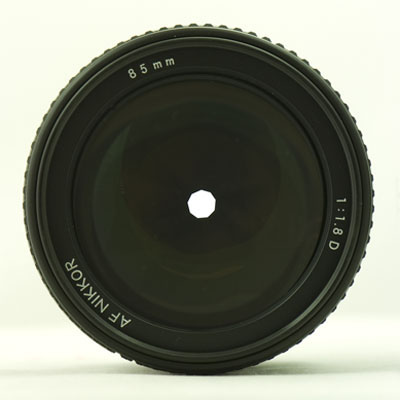The Light
Photography is essentially about capturing light. Most of the light we capture in image making is reflected light from objects. There are exceptions, such as the blazing light from a fire or the light from a burst of fireworks or lightning. Light can be of a diffuse nature, not emanating from a fixed source and this type of lighting can produce a very subdued and pleasing effect. Light can also be from a point source and be very harsh and produce very hard shadows. Light can also come from different sources to produce different color effects. In every day life we see daylight, moonlight, artificial light, tungsten, fluorescent, infrared, flood lights, mercury vapor lights. In capturing the image the existing light on he subject creates the image. Light travels in straight lines and the further it gets from the source the weaker it gets as it spreads out.
We must always learn to take advantage of the light. We may prefer lighting from the front, the side or from the back. We may prefer harsh midday sun, or we may prefer the softer sunset light with its bright red hues.
The Lens and Camera
The camera lens can be compared very closely to the human eye:
- The eye has a liquid crystalline lens the camera has a glass lens.
- The eye has an eyelid, the camera has a shutter.
- The eye focuses light on the retina, the lens focuses light on the sensor or film.
- The eye has an iris, the lens has a diaphragm to control the amount of light.
The lens will focus a parallel beam of light from the subject being photographed, to an inverted image of the subject on the sensor or on the film. As the subject distance varies from infinity to close up to the camera, the lens will need to be adjusted or focused to ensure that the image on the sensor remains sharp. This focusing can be done manually by the photographer or automatically by the camera. An important part of the camera is the viewfinder which ensures that the photographer can see that the subject is in focus and that the photographer sees the subject the correct way up and not inverted like the sensor or film. There are many other details of the camera which will be discussed on this site and in further articles. Some are listed as follows below:
- The exposure on the sensor or film is determined by the lens aperture, the shutter speed or the ISO setting of the camera.
- The lens aperture or f-Stop is the area of the lens which lets the light through to the sensor or film this area is varied to vary the amount of light let through to the sensor or film.
- The shutter speed is the time duration that the shutter is open and this also determines how much light is let through to the film or sensor.
- The ISO setting on the camera determines the sensitivity of the camera sensor or of the film. Different digital cameras will have different sensors with different sensitivities. Generally cameras with very high pixel counts will have lower sensitivity ISO settings.
- The exposure value is a measure of the light intensity and the exposure value will vary from barely visible darkness to extremely bright lighting.
- The color temperature (White Balance) of the lighting will vary depending on the light source, There are many different light sources such as some of the following:
- Artificial Incandescent,
- Artificial Fluorescent,
- Artificial LED,
- Direct Sunlight,
- Shade,
- Cloudy,
- Artificial Flash,
- Artificial Flood Light,
- Artificial tungsten lighting,
- Artificial Sodium-vapor Lamps.
- The camera controls most aspects of the image, including the exposure metering and the shutter speed.
- The lenses also have a major controlling influence including the focal length, focusing distance and aperture.
- The focal length of the lens, determines the field of view, which can be from an extremely wide angle (example 10mm) to an extremely long telephoto lens (example 800mm).
- The focusing of the lens determines the distance to which the lens is focused on.
- The depth of field of the lens depends on the lens settings. The depth of field is really defined as the depth in the image which appears to be in focus. An area closer to the camera will gradually go out of focus and an area distant from the camera towards infinity will also gradually go out of focus. Lens settings can be such that the out of focus areas are minimised and depending on the lens setting an image may appear to be all in focus from closeup to infinity.
- Long Exposures may be used when the camera can be stabilised on a tripod or other firm support.
- The Dynamic Range is the range of tones which the camera can capture from details in the brightest highlights to details in the darkest shadows.
- The Digital Camera Sensor is that which captures the image in the camera, it is the equivalent to the film in a film camera.
Further details on these topics can be found in the menu below.

